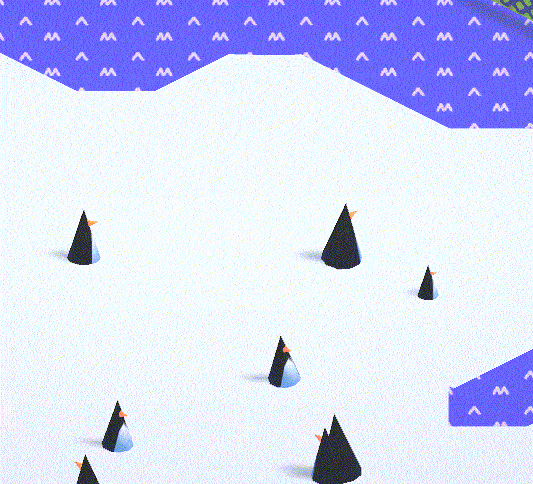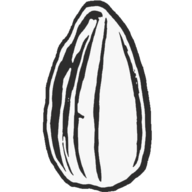I made a game this Ludum Dare with my friend Nathanial - it’s a little turn based roguelike game where you’re permanently on fire.
All the feedback is really nice so far, which is cool, but we won’t know the final rankings until the voting period is over, which in a couple of weeks from now.
Here’s some screenshots:
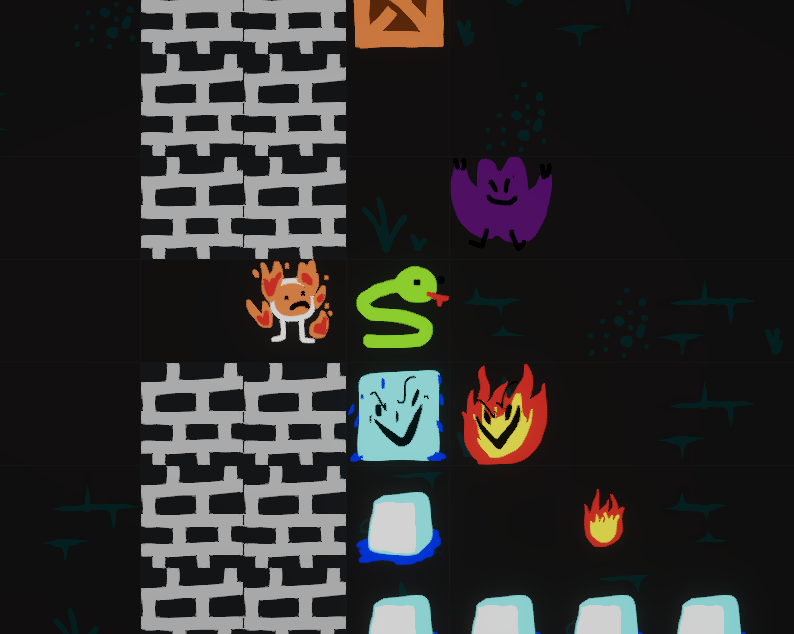
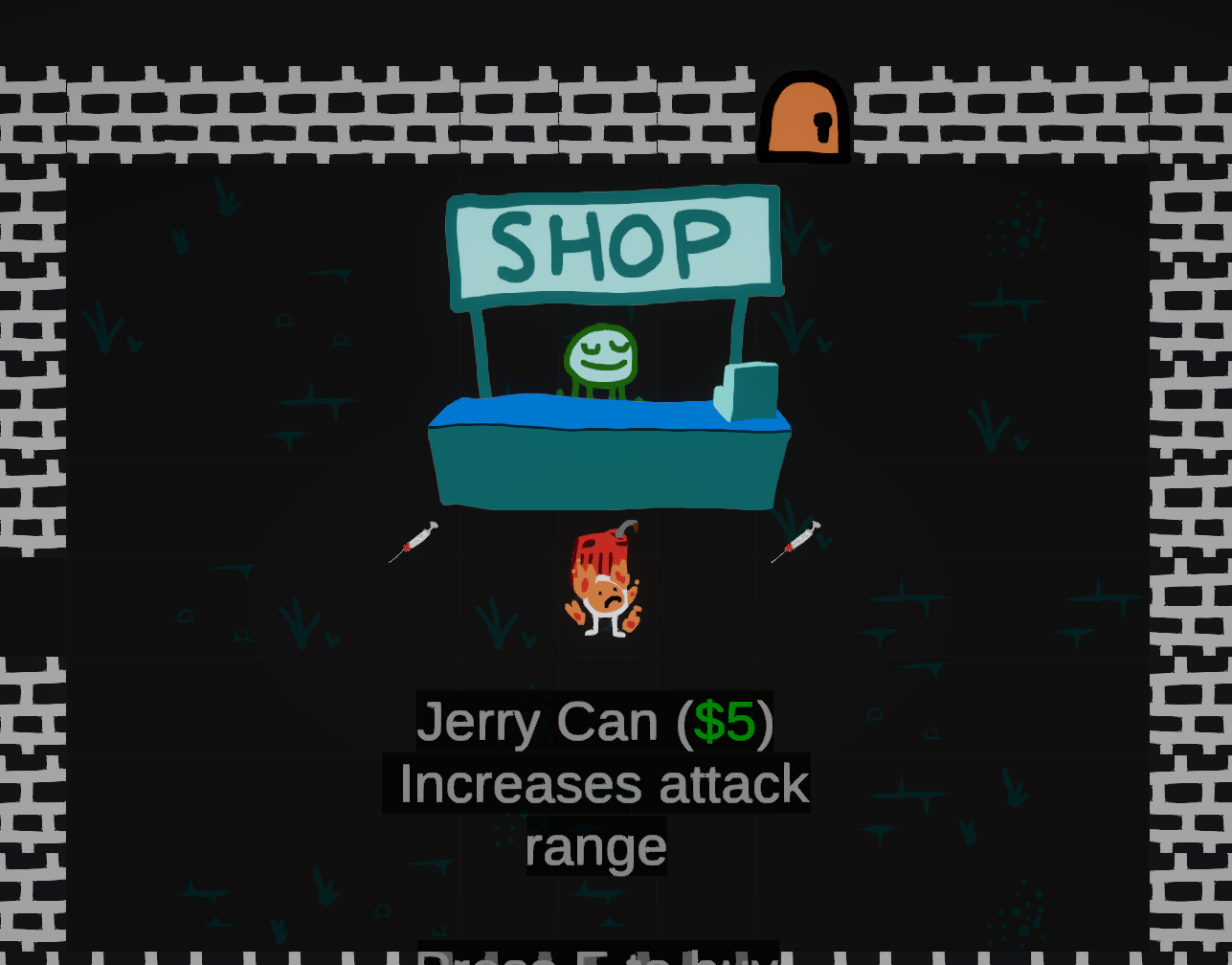
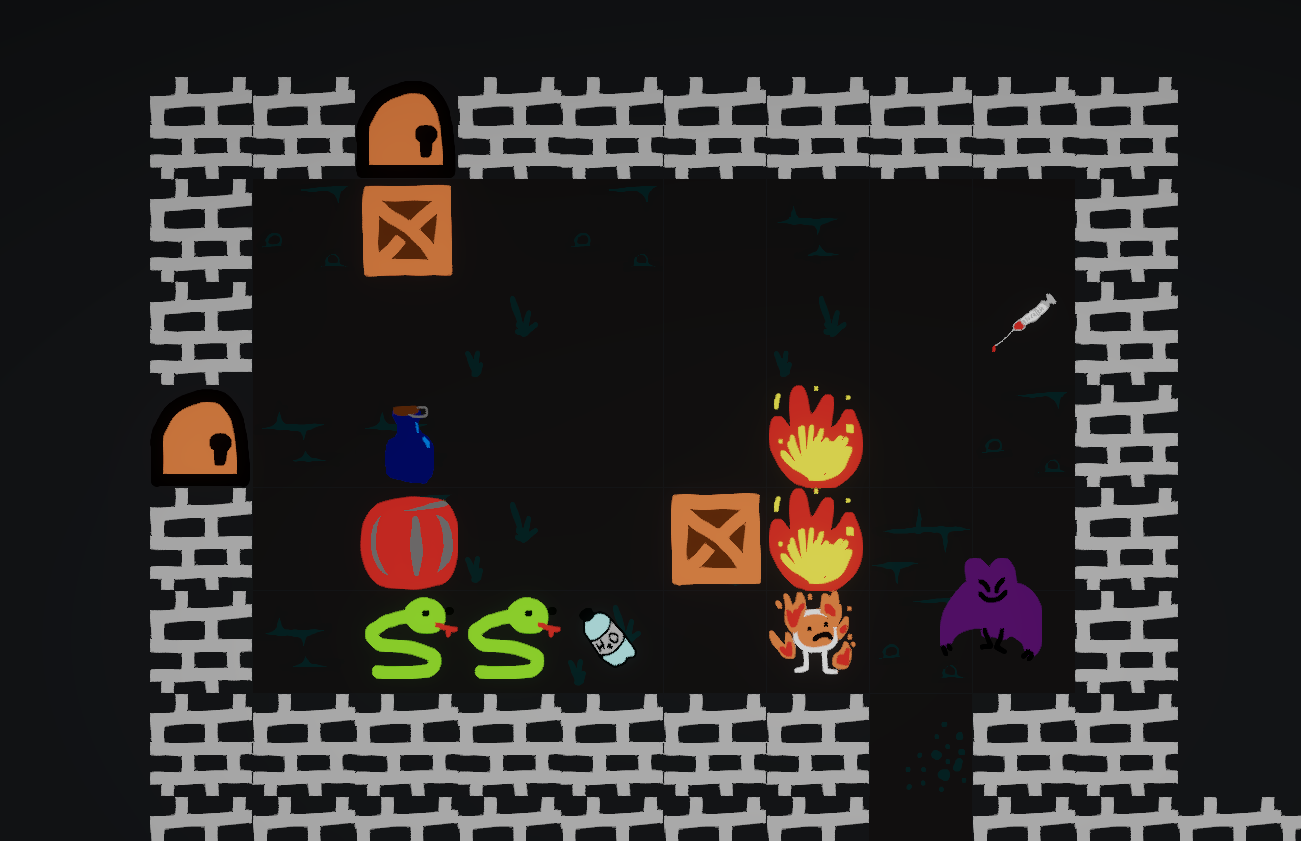
It was a Ludum Dare game, so it was made all over a weekend (saturday-monday) by the two of us. We both worked on everything at once (graphics, code, game design, etc), both working on whatever we felt like at the time, which was a bit chaotic but worked well.
The game was made in Unity, and all the graphics were made using the amazing Doodle Studio 95.
Go play it on itch.io!
or have a look at the Ludum Dare submission page if you’re into that sort of thing.
Trudging through old projects and found my slime-mold simulation and polished it up a bit:
using my slime mold sim to do a form of dithering#madewithunity pic.twitter.com/q9zdRm51AW
— john tringham (@zappablamma) February 28, 2022
Here’s an earlier vid - same simulation but with a different set of parameters and less frills:
looking at trees#madewithunity #screenshotsaturday pic.twitter.com/fZKReM5EwD
— john tringham (@zappablamma) April 4, 2021
The basic way a slime mold sim works is by creating millions of cells, who have a position and angle (to specify which way they’re facing). Each frame, cells create a small scent behind them, and this scent spreads out and disolves over time. Cells look at positions in front of them and turn slightly in order to face the strongest scent it can find, and then move in that direction.
The way I’ve implemented it in Unity is to use compute shaders to run the actual sim, using a bitmap to store the scent values.
The extra layer here in the above videos is that I’m also using a render texture to add extra data to the sim to create ‘fake’ scent values. This leads to creating a sort of “dithering” effect, where the slime mold sim accidentally recreates a ghost of the image from the render texture out of simulated slime.
Because of the amount of variables (such as the speed of the cells, or how fast they can turn, or how quickly the scent dissolves, etc), slime molds have a huge parameter space. In order to play around with it easier, I hooked up these variables to my midi controller to it via MINIs so you could fiddle about by turning physical knobs rather than using Unity sliders.
I’ve been digging through some old prototypes recently - here’s a video of a zoo management game I spent a few days on:
Click here to see if the above doesn’t play (some browsers/adblockers block google drive embeds)
By the time I called it quits, it had about 6 different animals, fence placement, different terrain types, individual species having preferences for specific terrain types, and some other stuff. Not 100% sure why I made it but I did. Maybe I’ll come back to it in the future.
My favourite bit about the whole this is still the penguin design:
